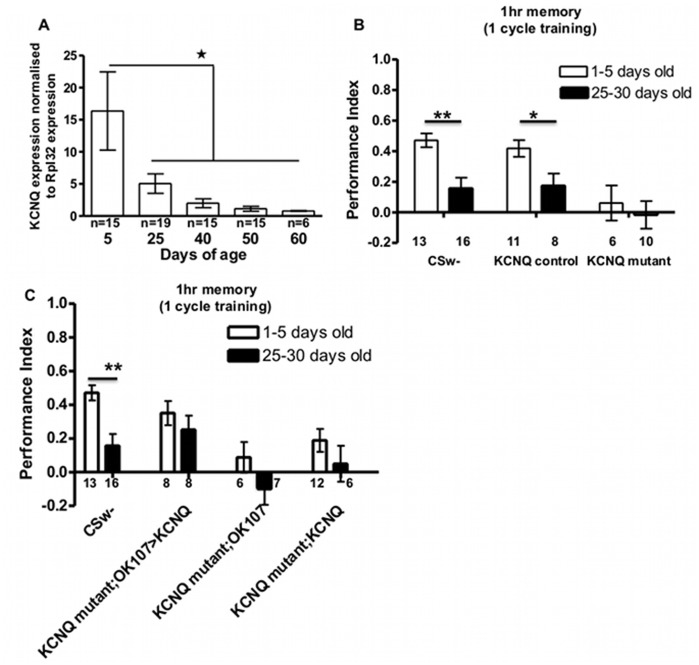Figure 3. KCNQ mediates age-related memory impairment.
A. Quantitative RT-PCR data show a dramatic age dependent reduction (p<0.05) in KCNQ expression in adult brains (20 flies per n). B. 1 hr memory after 1 cycle training was compared between young (1–5 days old, white bars) and aged (25–30 days, black bars) adults. 2-way ANOVA indicates significant differences in memory due to age (p = 0.0013) and genotype (p = 0.0008). Post-hoc analysis revealed that memory becomes significantly impaired in aged as opposed to young CSw- wildtype (p<0.01) and KCNQ control (p<0.05) flies. KCNQ mutant flies had equally low (p>0.05) memory whether young or old. C. Overexpression of KCNQ in the mushroom body rescues memory impairment of young and old KCNQ mutant flies. 2-way ANOVA indicates significant differences in memory due to age (p<0.01) and genotype (p<0.001). Post-hoc analysis revealed that memory becomes significantly impaired in aged as opposed to young CSw- wildtype (p<0.01), while the memory of KCNQ mutant; OK107-Gal4, uas-KCNQ rescue flies stays similarly high (p>0.05) in young and old flies as opposed to KCNQ mutant with Gal4 or uas alone (KCNQ mutant; OK107-Gal4orKCNQ mutant; uas-KCNQ) whose memory was similarly low in young and old flies (p>0.05).

